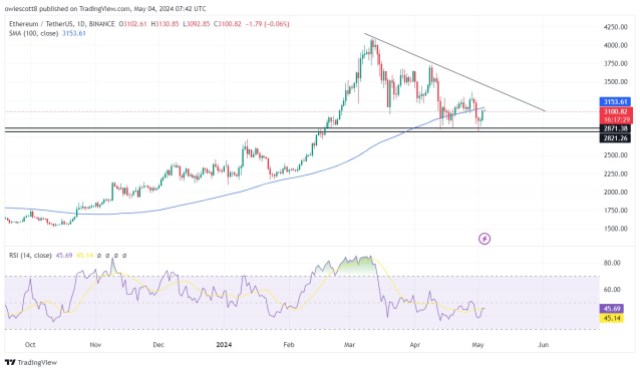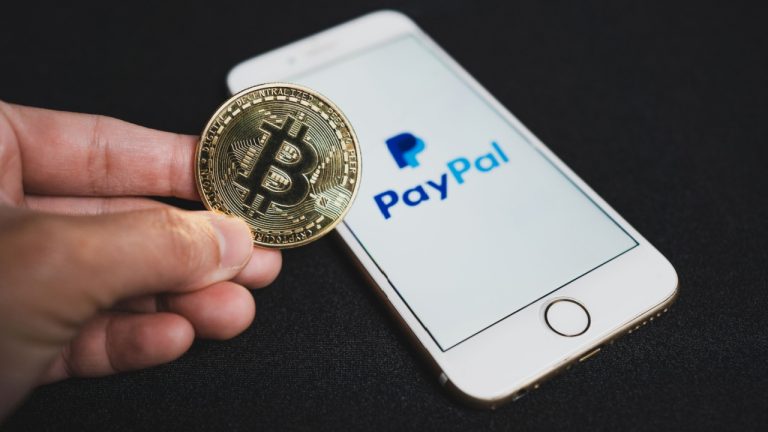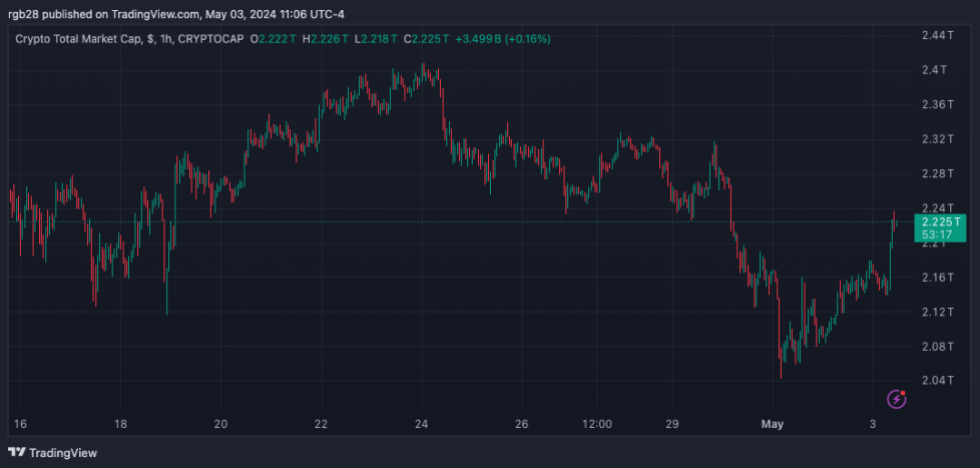I've been trying to find some threads on this subreddit as well as around the internet to find more information about the relative risks of L2s on Ethereum, but am struggling to find something that not only succinctly describes risks, but also does so with a bit less technical jargon about exactly how the technology works at a granular level. All of these bridge hacks as well as the risks of centralization have become apparent in this bear market, and I'd like to mitigate as much of these risks as possible after getting caught up in the Terra debacle (money I wish I had right now, but not life-changing money thankfully).
What I have been able to find, I'll list here. I'm hoping the community could contribute in the comments to maybe fill in the gaps or correct me if I happen to have something wrong.
Polygon Pros: Fast, extremely cheap, supported by many CEXs. Has many L2 solutions in the works as well as a large ecosystem gaining the attention of major brands like Disney, Coca-Cola, Instagram, and Reddit. Supported by many large Dapps as well. The company behind Polygon is investing in Zk roll-ups and aims to be at the forefront of the technology.
Cons: PoS sidechain is highly centralized with only 100 validators. Bridge contract is controlled by a 5 of 8 multisig wallet that has access to potentially (?) all of the TVL on the PoS chain and is a central point of failure. Governance is currently non-existent, although it seems there may have been moves towards decentralizing governance.
Optimism Pros: Optimistic rollups inherit security from the main Ethereum chain. Rollups exist as a series of smart contracts on Ethereum, and users can interact with them in a permissionless manner. Governance is an experimental bicameral model which has a plutocratic (vote-per-token) house and a democratic (vote-per-person) house. The tech is meant to be close to EVM equivalent so most Dapps will work with minimal fuss, thus bootstrapping it with a fairly large ecosystem despite its youth. Focus on public-goods funding with a unique retroactive model.
Cons: The sequencer is solely controlled by OP Labs but with plans to decentralize in the future. There was also the Wintermute exploit which was characterized more by carelessness than anything, but this puts the judgment of the team in question.
Arbitrum, Loopring, Zksync, etc I honestly haven't had the opportunity to look in to these, but if anybody has feedback on the above or a good explanation of the differences between these and the two I'm most familiar with, it would be greatly appreciated. My main concerns are decentralization and bridge vulnerability, but if there are any potential risks I may be overlooking or just not knowledgeable about, please feel free to discuss! I'd like to have a larger conversation about this as L2s are going to be how a majority of people will be able to interact with Ethereum as the network continues to become more and more congested. I look forward to your comments. :)
[link] [comments]

You can get bonuses upto $100 FREE BONUS when you:
💰 Install these recommended apps:
💲 SocialGood - 100% Crypto Back on Everyday Shopping
💲 xPortal - The DeFi For The Next Billion
💲 CryptoTab Browser - Lightweight, fast, and ready to mine!
💰 Register on these recommended exchanges:
🟡 Binance🟡 Bitfinex🟡 Bitmart🟡 Bittrex🟡 Bitget
🟡 CoinEx🟡 Crypto.com🟡 Gate.io🟡 Huobi🟡 Kucoin.




















Comments